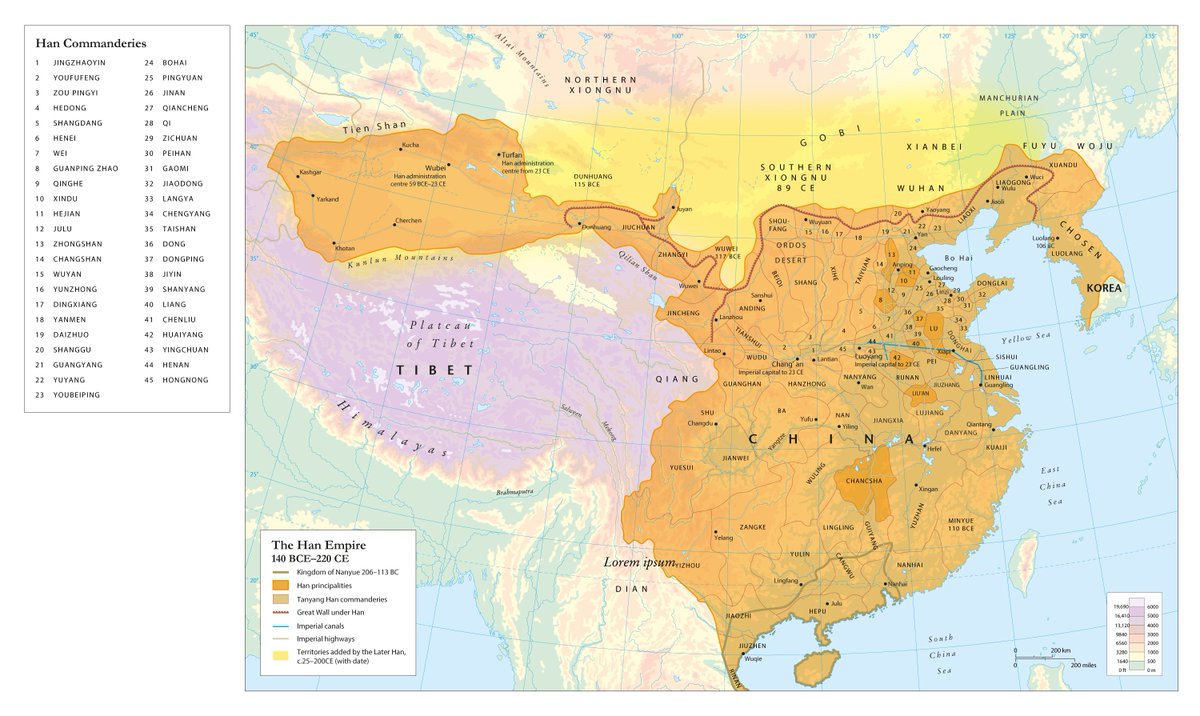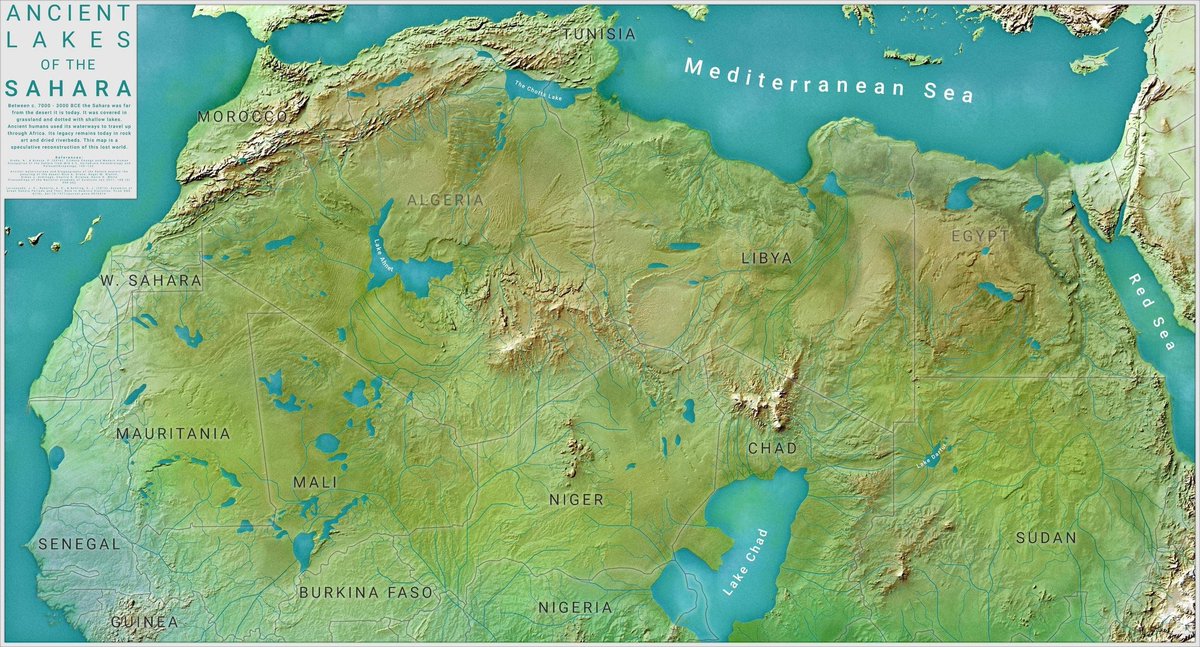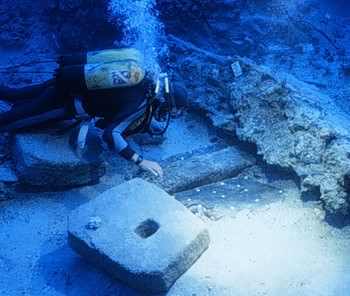
A history podcast and YouTube video series by @PaulMMCooper looking at what happens when societies collapse. Now mostly on Bluesky: https://t.co/WVWGIBoTh1
How to get URL link on X (Twitter) App


 The quipu were usually made from string, spun from cotton fibers, or the fleece of camelid animals like the alpaca and llama.
The quipu were usually made from string, spun from cotton fibers, or the fleece of camelid animals like the alpaca and llama.

 For the Han dynasty of ancient China, the first century was a time of unprecedented contact with the rest of the world.
For the Han dynasty of ancient China, the first century was a time of unprecedented contact with the rest of the world.

 The Aztec codices were books written on deer skin or bark paper. The Aztecs had vast libraries, but after the Spanish conquest of the city of Tenochtitlan in 1521, all of these libraries were destroyed.
The Aztec codices were books written on deer skin or bark paper. The Aztecs had vast libraries, but after the Spanish conquest of the city of Tenochtitlan in 1521, all of these libraries were destroyed.

 This era is known as the African Humid Period, and it peaked between 9,000 and 6,000 years ago.
This era is known as the African Humid Period, and it peaked between 9,000 and 6,000 years ago.

 He knew that he had discovered something ancient, and he quickly alerted archaeologists.
He knew that he had discovered something ancient, and he quickly alerted archaeologists. 